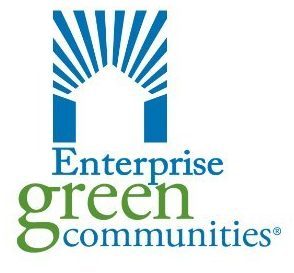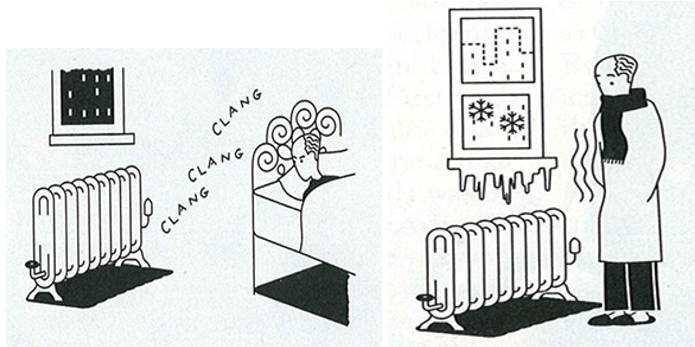New York City buildings over 25,000 square feet must display a Building Energy Efficiency Rating Label, as required by Local Law 33 of 2018 and Local Law 95 of 2019.
Each year, buildings are given new energy efficiency grades based on benchmarking data from the previous calendar year.
New labels are available to building owners every year on October 1. Labels must be downloaded and posted in the lobby of each building by October 31. Failure to display the label by this deadline will result in a violation from the Department of Buildings and fine of $1,250 for applicable buildings.
Keep reading to get answers to all your questions about New York City’s building energy efficiency letter grades and labels from our energy experts. (more…)



